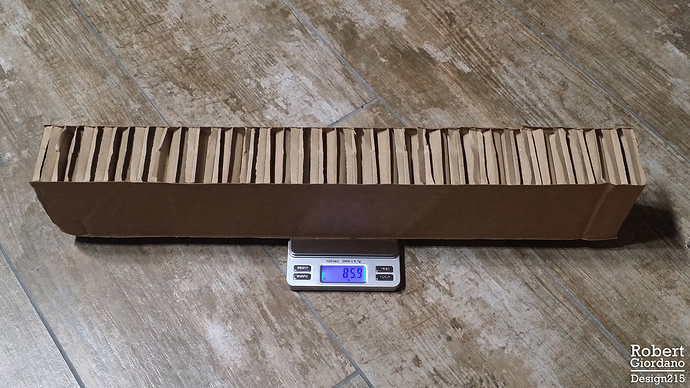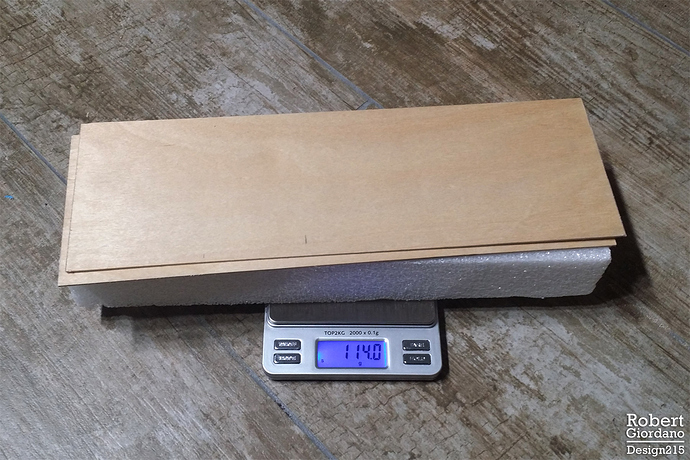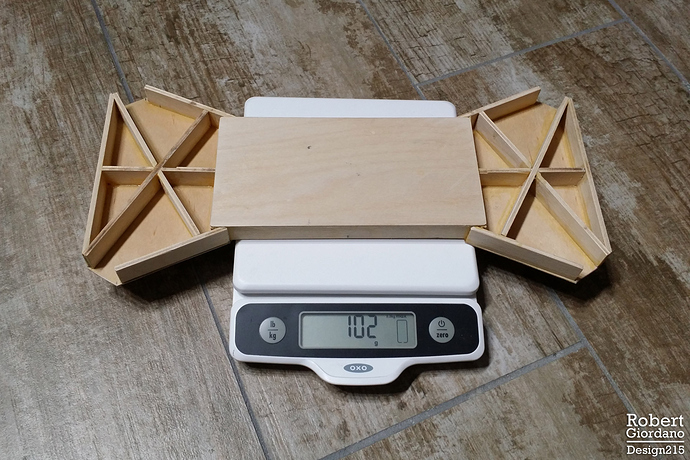10 - Packing Material and Drone Design
As I’ve mentioned, this blog is for people who want to build their own quadcopter frame with inexpensive, easily sourced materials and minimal tools. I also want that frame to perform really well because its the same frame I’ll be using for my photography business. I’m trying to bring new people to the Ardupilot community and hopefully this blog will become a good resource.
For any of you building your own frame for the first time, I’ve been experimenting with many different materials in order to save you some time and money. Physics theory is great but my posts are based on results from trying things in real life. I like using math to explain why something works but there are times when you just need to build it and see what it does.
The other day, I bought some outdoor patio furniture from Home Depot. The box had some packing material made completely out of brown paper, like they use for grocery bags. I was amazed by how strong and light it was. One piece seemed like a good size for a 680mm quad frame (like the one I’m currently building in this blog). So, I weighed it…
The overall dimensions of this piece are 94mm wide x 60mm tall x 52cm long. There’s a single layer of brown paper on the top and bottom, with strips of paper arranged in a honeycomb pattern in the middle. Next, I clamped it into my torsion test stand… (the video says 38cm but that’s the distance from clamp to clamp- it was too long for my test stand)
Amazing results!! Its almost as stiff as my “X” frame and certainly better in torsion than any other frame I’ve tested so far, either commercial or DIY. But how can I use it? I can’t just stick tubes in it. Its made out of paper.
I think the design principle is what’s important here. How can we use this design to make a stronger, lighter frame with other materials?
Today, I went to my local arts and crafts store. I wanted to see if I could find some lightweight material I could put between two pieces of birch plywood to make something like the amazing packing material. I returned home with some blocks of craft foam. Its the stiff, hard foam that’s usually green or white and is used for flower arrangements. It comes in solid round balls, cones, and blocks.
I cut 2 pieces of birch plywood 100mm x 300mm x 1.5mm (1/16"). I had 2 different sizes of foam blocks, 30mm thick and 48mm thick. The 30mm didn’t feel stiff enough so I used the 48mm block. I weighed the pieces…
Its slightly heavier than my Drogon v2.4.6 frame body…
Note: I use two different scales. I compare the readings from both to ensure my measurements are accurate. The silver scale is more accurate for very small things because it measures to 0.1g. At anything over 20g, both scales show the same integer value.
Next, I glued the pieces together with 3M 6070, an adhesive made for foam. Once the glue was dry, I weighed it again and it was 120g. Finally, I mounted it in my torsion test stand…
Well that was interesting! Although it isn’t nearly as stiff as the paper packing material, it is slightly stiffer than my Drogon 2.4.6 design. I’m going to stick with my current design for now, but I think this experiment was definitely worth the effort. Here’s what I learned:
- A honeycomb center structure glued between two sheets of material, make a very stiff structure. The material on the top and bottom doesn’t even need to be stiff by itself. It could be a thin layer of veneer or carbon fiber. This is essentially how Nomex is constructed.
- Craft foam isn’t as good as the paper honeycomb for a center structure. Maybe there are better types of foam out there for this purpose. But for now, I’m trying to stay away from exotic materials that are expensive and hard to find. Nomex is expensive!
- Looking at the math/physics of this experiment, increasing the height (or more accurately, the area) of a frame’s cross section, greatly increases its stiffness. Switching from the 48mm thick foam down to the 30mm thick foam, I can feel the lack of stiffness just twisting it by hand.
- Is anyone wondering how much it would weigh if I used carbon fiber instead of birch plywood? For the following weights, I’m adding 6g for glue since I know that’s what I used to make the one I tested. If I used 1.0mm carbon fiber, it would actually be heavier at 144g. If I used 1/32" (0.79mm) carbon fiber from Dragonplate, it would be 102g. I also checked a piece of 0.5mm carbon fiber plate I got from eBay and the total came to 103g. If I used 1/32" birch plywood, it would be 92g. Given the cost of carbon fiber, I’ll keep using birch plywood for my prototypes.
Stay tuned for more experiments! I have many things planned. I will add motors and props to something soon! ![]()




